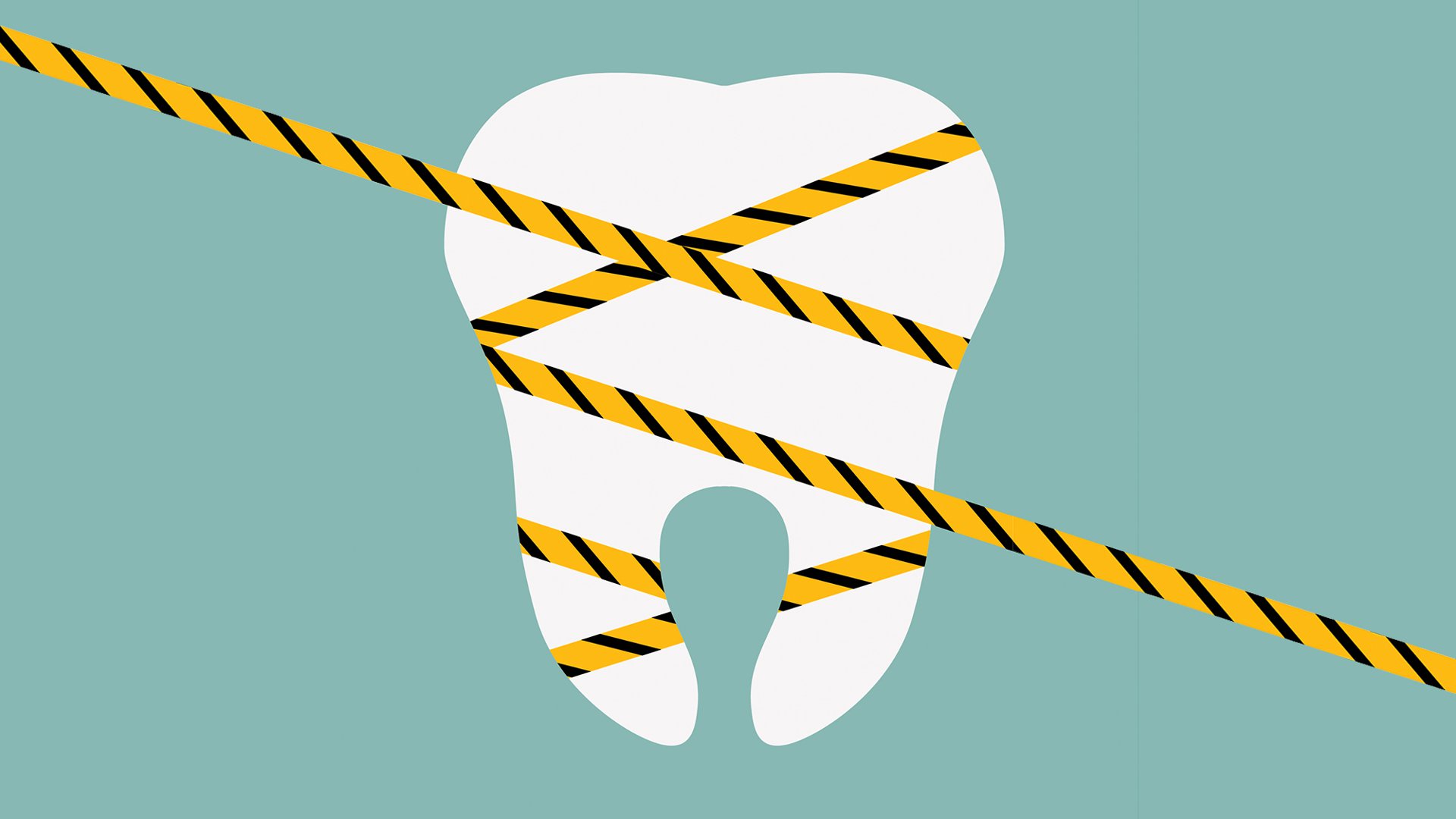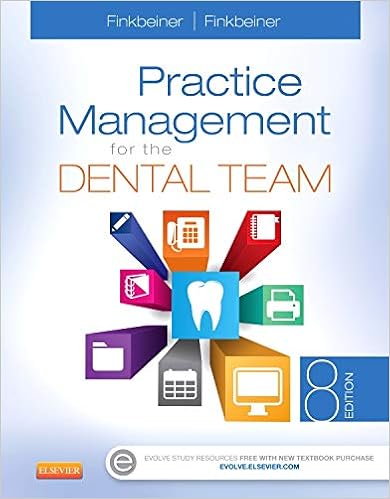How Dentists Can Earn More And Stress Less
1. Brand-new organisation-- Successful dental company leaders aggressively look for out multiple methods to regularly drive brand-new clients to their practices. Recognizing that one home-run approach is insufficient, they look for to strike many songs in an effort to produce the optimum flow of brand-new clients. Using several marketing tools in the oral marketplace, brand-new clients get here through tactical direct mail, a prevailing Web existence, local awareness public relations, engaging signage, and other creative techniques.
Nevertheless reliable external marketing practices may be Avi Weisfogel, thriving dental magnate tend to rely most heavily on internal marketing. Systematic recommendation plans and policies drive the baseline traffic to satisfy new patient objectives. 2. Systems-- Getting new company without tested systems in place to react to brand-new clients is detrimental.
Systematically obstructing time every week for brand-new patients is an important service strategy. Systems are also critical for everything that takes place in the practice. For that reason, every system should be examined routinely to ensure it works and remains true to established expectations. Details drive the bottom line. Everything from how to address the phone to how to state bye-bye to a client ends up being part of the system, and every employee is totally familiarized with the process.
What It Takes To Run A Dental Office
3. Crucial numbers:( a) Costs-- There are four main costs in an oral service. As the CEO The Entrepreneurial Dentist, owner, and leader of business, it is necessary that you not just understand these numbers at all times, but also keep them in line with the following standards: Personnel costs should disappear than 20% to 25% of your overall expenses.
Laboratory expenses must be kept to 10%. Shop around and remember to charge patients about five times your laboratory expense. Supply expenses need to remain at no greater than 5% of overall expenses. Again, search to preserve quality at a good rate. Center expenses must not surpass 5% unless they can be considered part of your marketing plan.
The higher your costs, the lower your percentage of overhead will be relative to your fees, and the greater your profits will be. There are a number of excellent resources in the oral neighborhood to use as measurements for where your charges currently rank. Note: If you are a specialist, your practice costs should remain in the 90th percentile.
13 Ways Dentists Can Attract Patients Who Pay, Stay, And Refer
Production-- The more you produce, the more expense percentages fall and earnings increase. Let's take a look at a quick example. One dental practitioner has a personnel consisting of 2 front-office assistants, 2 oral assistants, and 2 dental hygienists. The practice produces $600,000 of dentistry a year. His staff expenditures, as a percentage of his net production, are harder to keep in check than our 2nd dentist's.
Watch The Entrepreneurial Dentist Podcast with Avi Weisfogel
Avi Weisfogel is a proprietor of Dental Sleep MBA, a continuing education course for dental practitioners. Dr. Avi Weisfogel instructs oral techniques on just how to run their business much more efficiently as well as gain more earnings. Aside from the Dental Masters course, Avi additionally provides company guidance to dental professionals that need aid in constructing a successful dental practice. He does this with his brand-new podcast, Entrepreneurial Dental expert.
On a portion basis, his personnel costs are a lot easier to keep in check. Dental expert number 3 is an overachiever and produces $2 million a year with the very same staffing configuration. Not just does she have the most affordable staff expense percentage of the three dental experts, however she likewise has by far the highest paid employee and the biggest total earnings.
Collections-- We ask each oral service we serve to constantly set its regular monthly collection goal at 100% of all production, net-to-net. The more you gather, the more your portion of overhead is reduced. If you produce $112,000 a month, but only collect $80,000 and your overhead is $55,000, your portion of overhead to production is about 69%.
How To Run A Successful Dental Practice
It's not magic-- merely gather what you produce!Building a great practice indicates constructing a great service. It begins with you as an organisation leader, multiplies through your team, and leads to substantial opportunities for outstanding dentistry and maximum revenue. Go for it!Known as America's Success Specialist ™, Ken Runkle is the creator and president of Apotheosis Management, and has been assisting dental practices reach peak profitability for 24 years.
Have you ever questioned what it takes to run a dental practice? Or are you considering a profession in dentistry and want to know what you should expect when starting? We hope that this post will clarify specifically what enters into running a successful oral practice. It is an understatement to state that there is a fair bit of time, money, and tough work that enters into keeping a dental office up and running.
Here we've broken down much of what enters into the day to day operation, and simply how much effort it takes to run a private oral practice from the ground up. For a little dental workplace to run smoothly, there requires to be at least one dental hygienist, one oral assistant, and a receptionist.
How To Run A Successful Dental Practice
The average income of a dental hygienist in BC can be anywhere from $65,000 to upwards of $80,000 each year, depending upon the quantity of experience they have. A licensed dental assistant's salary ranges from $40,000 to upwards of $50,000 each year and a dental office receptionist's salary is roughly $40,000 each year.

Typically, larger clinics have workplace managers and/or regional supervisors too. It's simple to state that staff member incomes are one of the larger expenditures for oral practices, costing usually 25 percent of the practice's overall annual income. While the actual price of realty differs depending upon where the oral office is and how big it is, in general a dental practice will require to have at least 2,000 square feet of office area.

That's a great deal of area for this part of the world! Expense of building and interior finishings likewise need to be considered. This consists of things such as rough construction, proper pipes, electrical, kitchen cabinetry and other storage choices, heating, cooling, and air ventilation, and any interior decorating surfaces. This generally costs approximately $120 per square foot, so for a 2,000 square foot workplace this can cost $240,000 in the tri-cities or outer locations of Vancouver.
Dental Practice Management
To fully outfit the workplace with modern oral equipment is exceptionally costly. A dental chair costs more than the typical pre-owned cars and truck, and you might take a comfy round-the-world getaway on what it costs for simply one x-ray machine and its developer. For all other imaging systems and machinery, consisting of air compressors and pumps to run cleaning tools and oral drills, computer systems, laser scanners, and the various oral tools with their attachments, expenses can swell tremendously.
Lab costs are an expense to dental practices that depends on how numerous patients an office has. Therefore, it's tough to calculate just just how much each office spends each year. However, rough numbers tend to reveal that about 10% of an oral practice's annual revenues are designated to laboratory costs. These costs are what dentists pay in order to have access to the oral equipment produced by laboratories for clients.
These products are not developed at the practice due to space restrictions, specific devices requirements, and specialized staff. Other dental practice expenses consist of malpractice insurance coverage, various oral specialist license renewals, oral association charges, and any continuing education costs for workers are all annual expenditures. All in all, opening, furnishing, and operating a dental practice is a very costly endeavour, frequently tallying up around $500,000 in the first year when initial big purchases are made, and about half of that cost for subsequent years, depending upon different aspects.

No comments:
Post a Comment